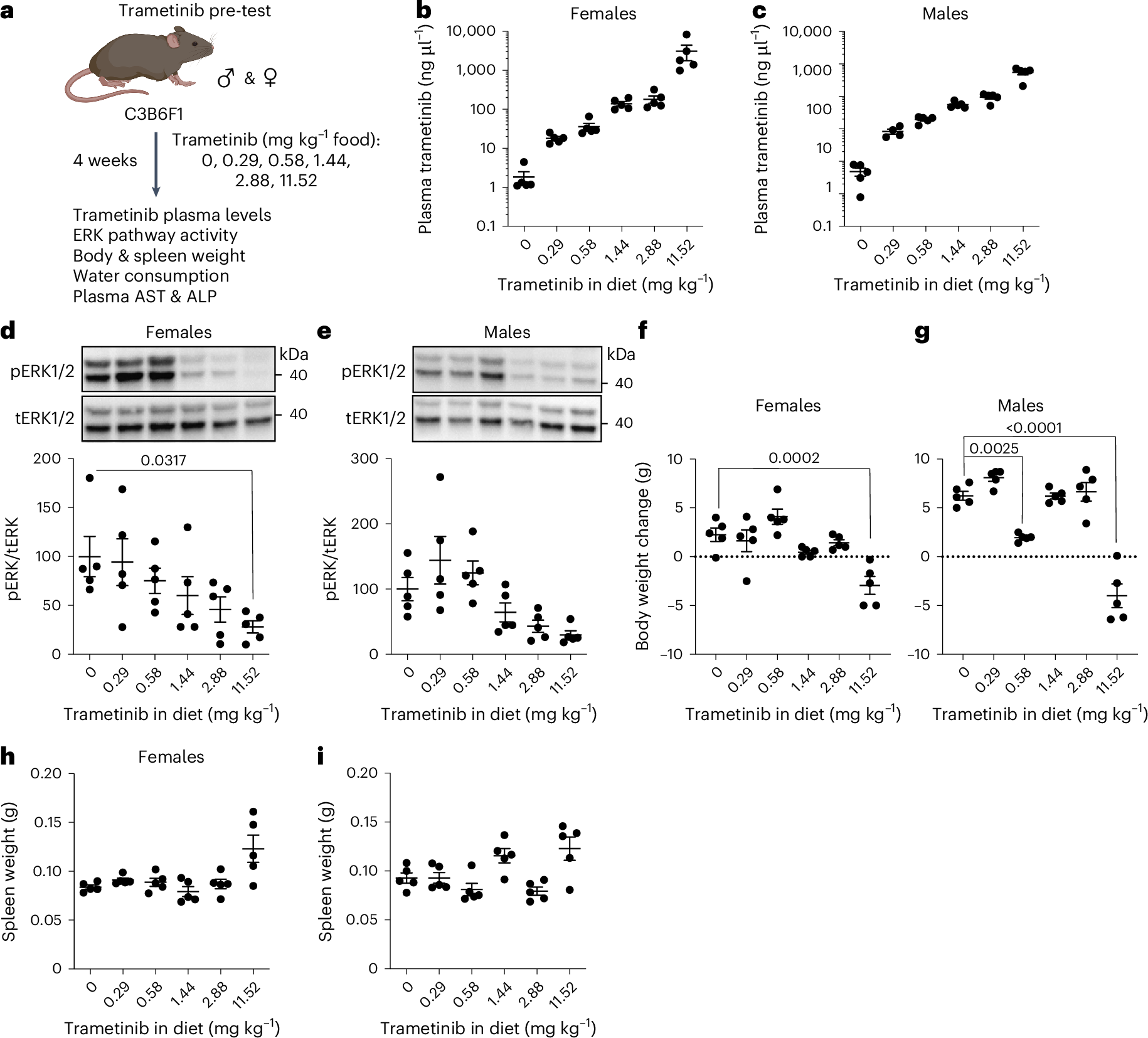2025-05-30 中国科学院(CAS)
<関連情報>
- https://english.cas.cn/newsroom/research_news/life/202505/t20250522_1044248.shtml
- https://www.science.org/doi/10.1126/science.adq9792
雲南省の先史時代のゲノムから、チベット人やオーストロアジア語族に関連する祖先が明らかになった Prehistoric genomes from Yunnan reveal ancestry related to Tibetans and Austroasiatic speakers
Tianyi Wang, Melinda A. Yang, Zhonghua Zhu, Minmin Ma, […] , and Qiaomei Fu
Science Published:29 May 2025
DOI:https://doi.org/10.1126/science.adq9792
Editor’s summary
Waves of human migration have resulted in population admixture and turnover across the world, resulting in complex histories that are difficult to untangle without ancient DNA. Wang et al. sequenced 127 ancient humans from southwestern China living 7100 years ago to the present day. In addition to determining finer population dynamics such as contributions of Central Yunnan ancestry to modern Austroasiatic speakers, the authors uncovered a potential representative of a deeply divergent lineage similar to a long-speculated “ghost” population that contributed to Tibetans. This study gives greater insight into the populations that have lived in this area. —Corinne Simonti
Structured Abstract
INTRODUCTION
In East and Southeast Asia, a long history of population movement, replacement, and mixture has heavily influenced the genetic composition of humans up to the present day. For example, early populations found across this region that diversified before 40,000 years ago carrying Basal Asian ancestries have largely been replaced by a single lineage that diversified into the ancestries found in most present-day East and Southeast Asians. However, these ancestries sampled to date have yet to explain the genetic diversity observed across all present-day East and Southeast Asians, with ancestries still uncharacterized in many populations, including in Tibetans and Austroasiatic speakers.
RATIONALE
Sequencing of 127 ancient human genomes dating to 7100 to 1500 years ago from Yunnan province in southwestern China may help to further clarify human population history in East and Southeast Asia. Yunnan is at the intersection of the Tibetan Plateau, Southeast Asia, and southern China and is home to the highest ethnic and linguistic diversity in China today. Thus, genomic sampling of ancient populations from this region provides an opportunity to capture the migration, interaction, and change over time in prehistoric populations of East and Southeast Asia.
RESULTS
Analysis of a 7100-year-old individual from the Xingyi archaeological site in central Yunnan revealed a previously unsampled Basal Asian ancestry that is deeply diverged from East Asian ancestries and persisted in southern East Asia into the mid-Holocene. This Basal Asian Xingyi ancestry is also related to deeply diverged ghost ancestry found in Tibetan Plateau populations, providing new information for studying the origin of Tibetan Plateau populations. The 5500- to 1500-year-old populations from central Yunnan do not show Basal Asian Xingyi ancestry, but carry an East Asian ancestry distinct from northern and southern East Asian ancestries previously characterized, denoted here as Central Yunnan ancestry. This distinct East Asian ancestry can be found across present-day Austroasiatic speakers, indicating that these ancient populations in central Yunnan were likely a proto-Austroasiatic population. By contrast, 3800- to 1700-year-old populations from western Yunnan primarily have northern East Asian ancestry, whereas a 3400-year-old population from eastern Yunnan shows a mixture of southern East Asian and Central Yunnan ancestries. Collectively, these patterns indicate that multiple diverse East Asian ancestries coexisted in Bronze Age Yunnan populations.
CONCLUSION
Sampling ancient humans from Yunnan province, we discovered a new Basal Asian ancestry that is closely related to a “ghost” ancestry that influenced populations who lived on the Tibetan Plateau. In addition, we found a distinct East Asian ancestry that sheds light on the origin of Austroasiatic populations. Multiple East Asian ancestries in Yunnan during the Bronze Age reveal high human genetic diversity and dynamic population movements across East and Southeast Asia.
OPEN IN VIEWER
Population migration, replacement, and the preservation of deeply diverged ancestry in southern East Asia.
A 7100-year-old individual from Yunnan shows a Basal Asian ancestry that is related to a deeply diverged ghost ancestry contributing to Tibetan Plateau populations. After 5500 years before present (BP), populations in Yunnan exhibited diverse ancestries, including contributions from northern East Asia in western Yunnan, coastal southern East Asia in eastern Yunnan, and a newly identified East Asian lineage in central Yunnan that later contributed to present-day Austroasiatic speakers.
Abstract
The human landscape in East and Southeast Asia is vastly complex, and successful retrieval of genome-wide data from prehistoric humans of southern East Asia is sparse. We successfully sampled 127 ancient human genomes from southwestern China. A 7100-year-old female individual from central Yunnan shows a previously unsampled Basal Asian ancestry related to a ghost population that contributed to Tibetan Plateau populations. Central Yunnan populations dating to 5500 to 1400 years before present show an East Asian ancestry distinct from northern or southern East Asian ancestries that contributed to present-day East and Southeast Asians, particularly Austroasiatic speakers, and emphasizes the importance of the Red River valley for proto-Austroasiatic population history. Diverse Asian ancestries are represented in humans sampled from Yunnan, clarifying past population dynamics related to both Tibetan and Austroasiatic origins.


